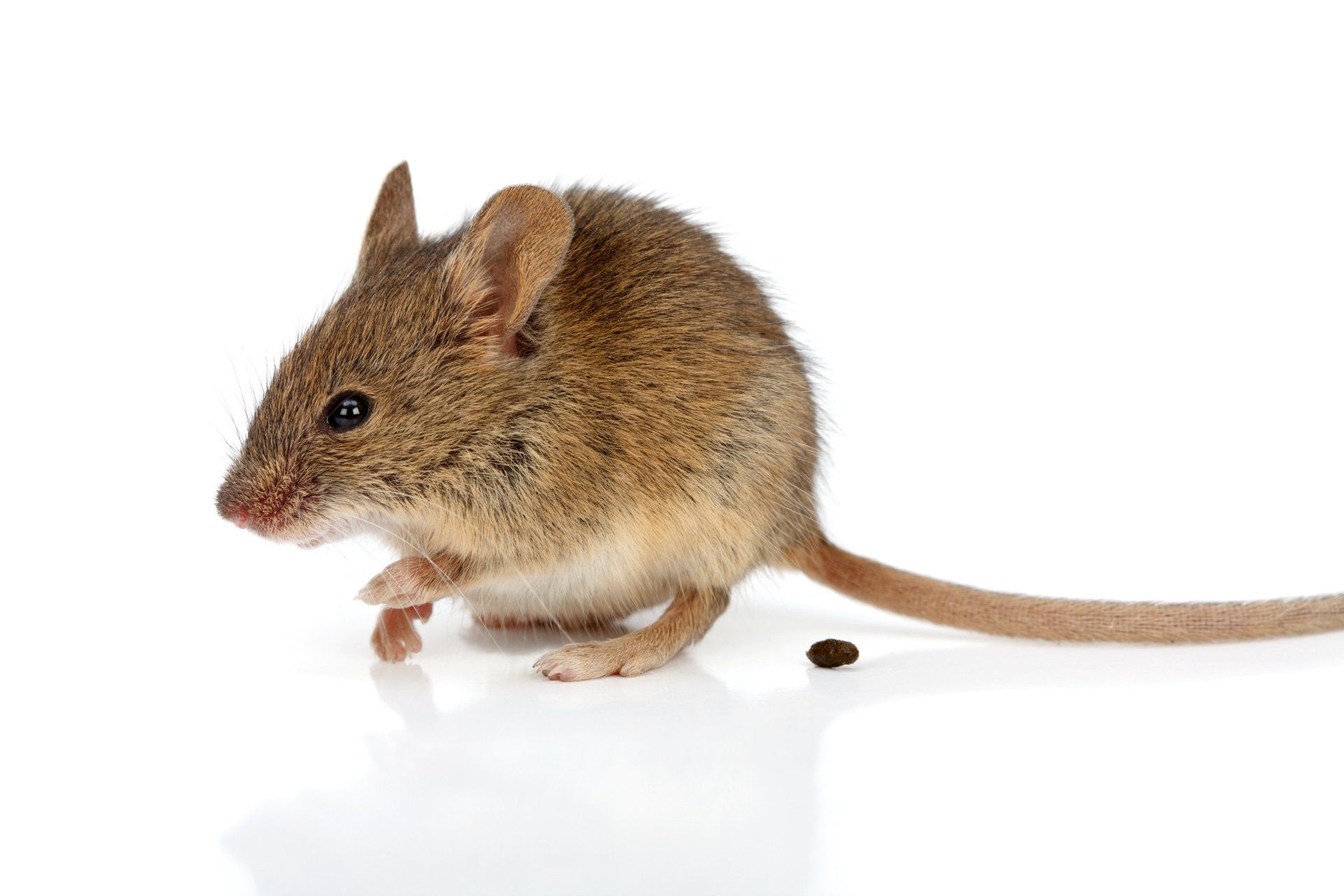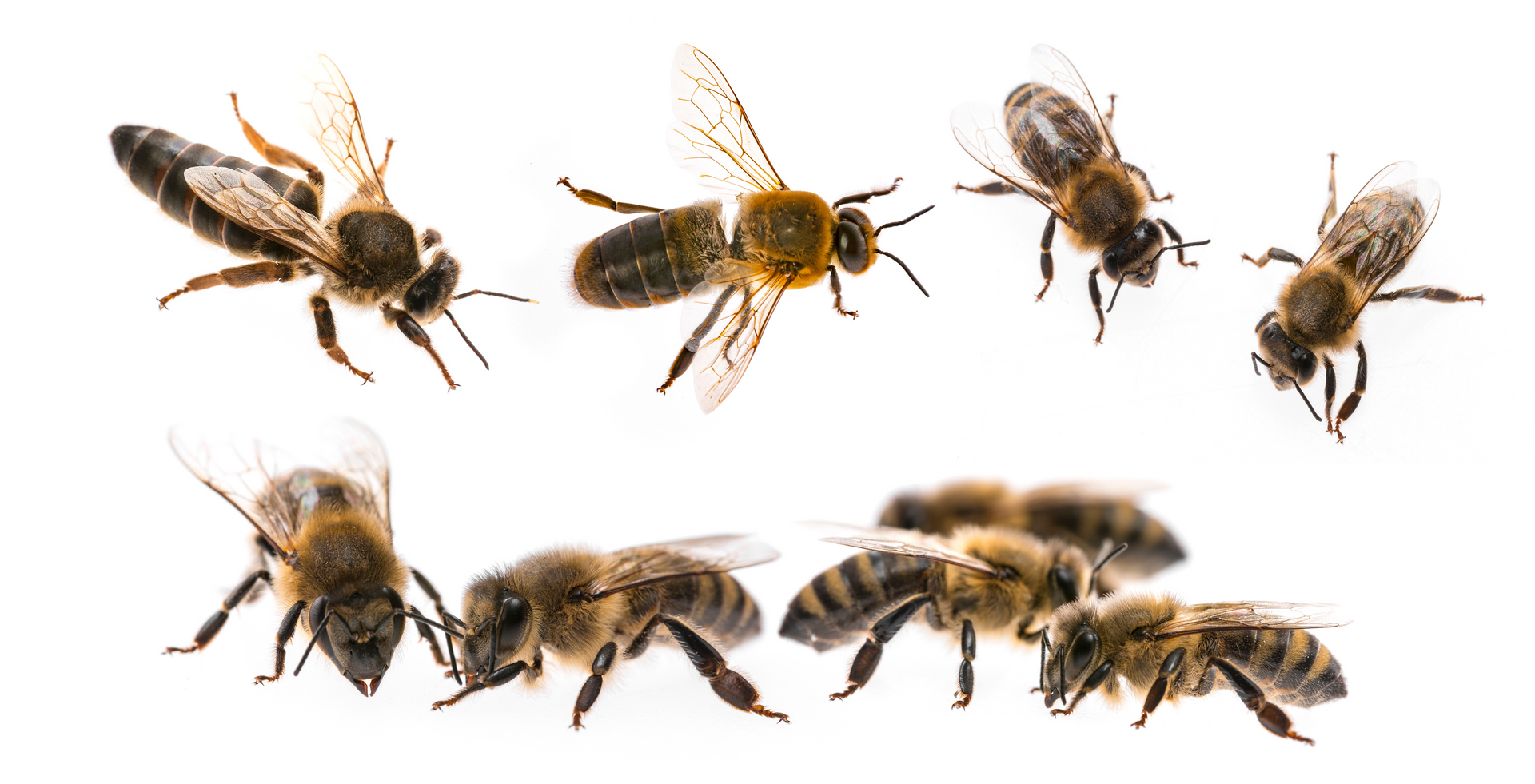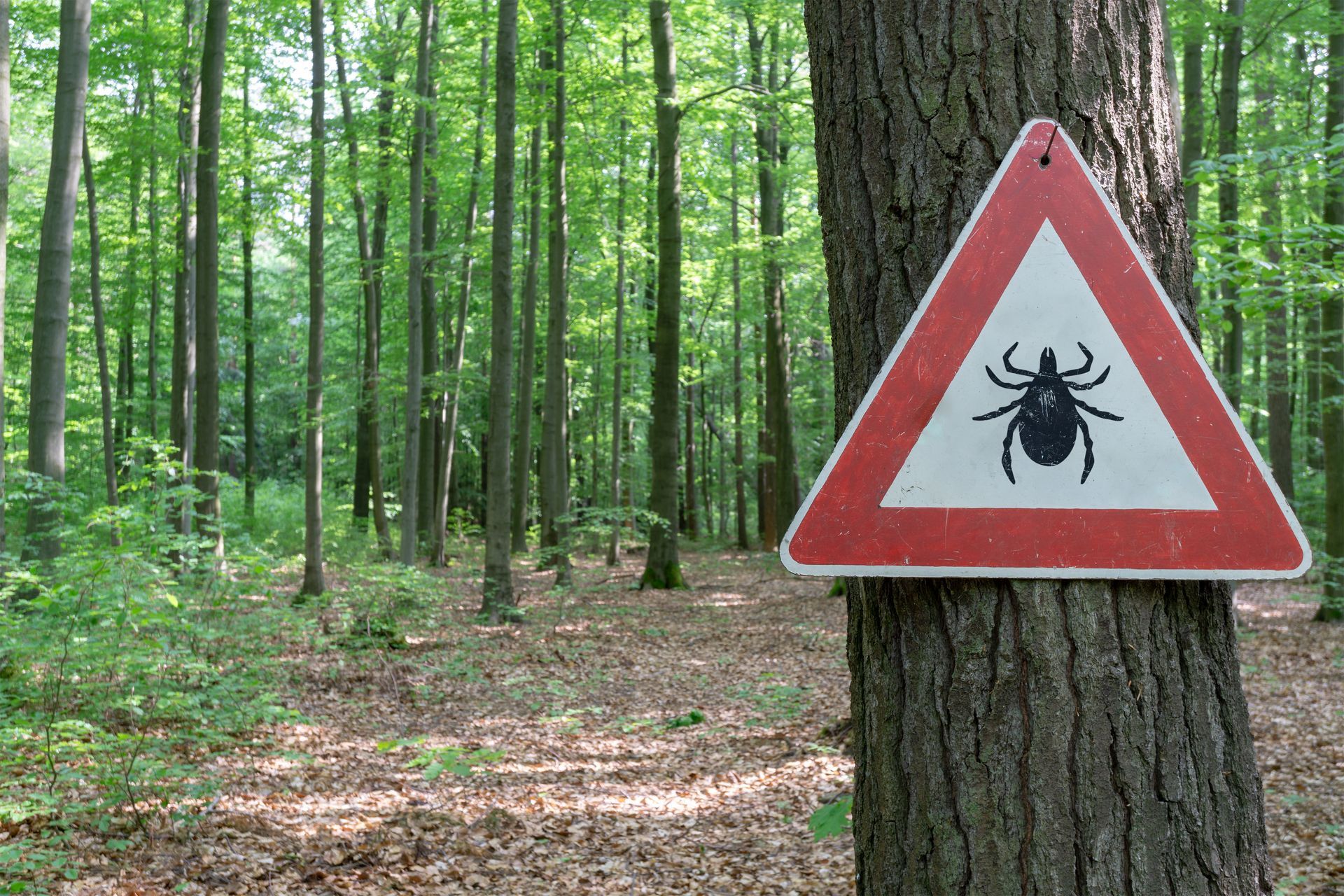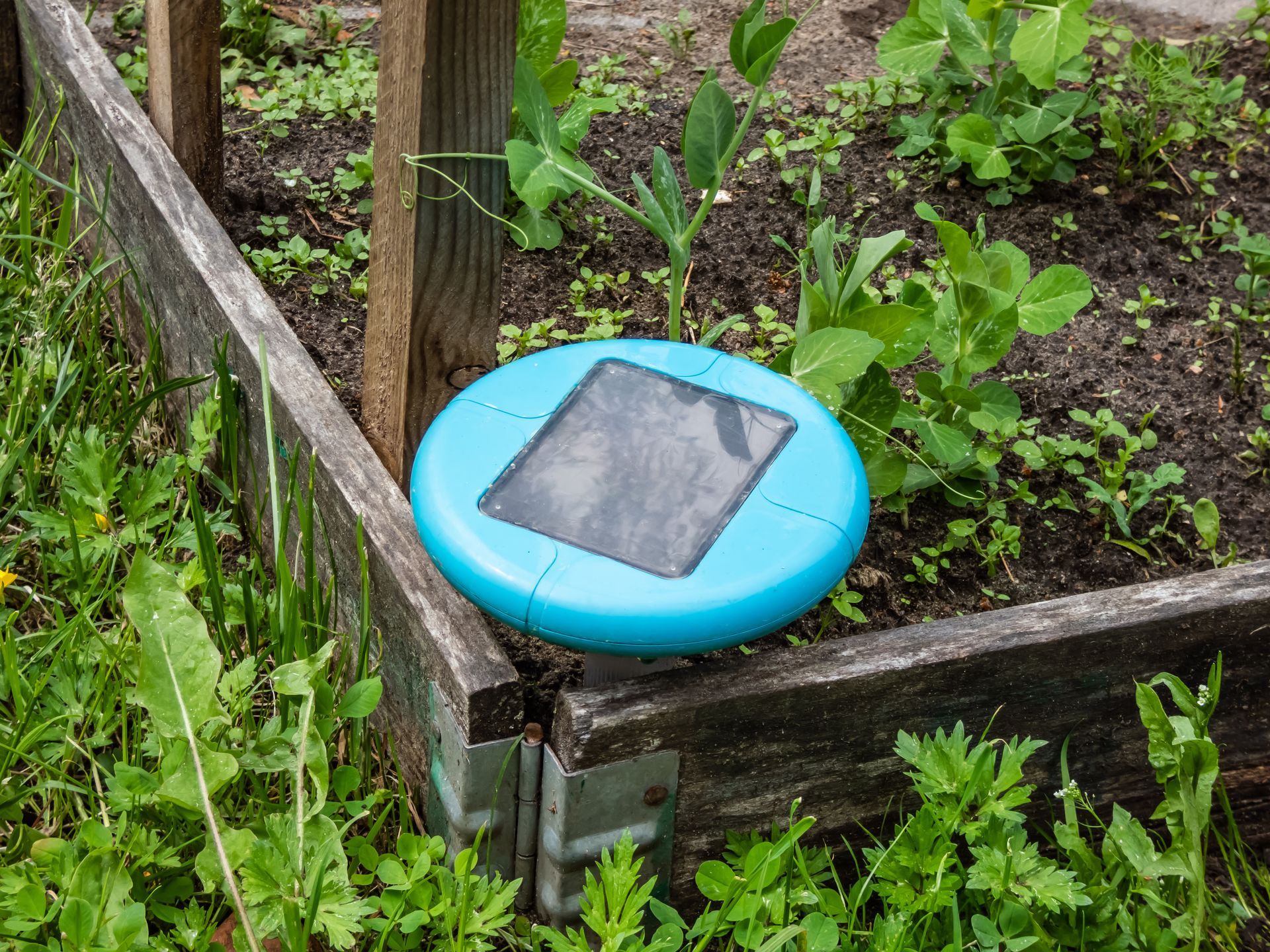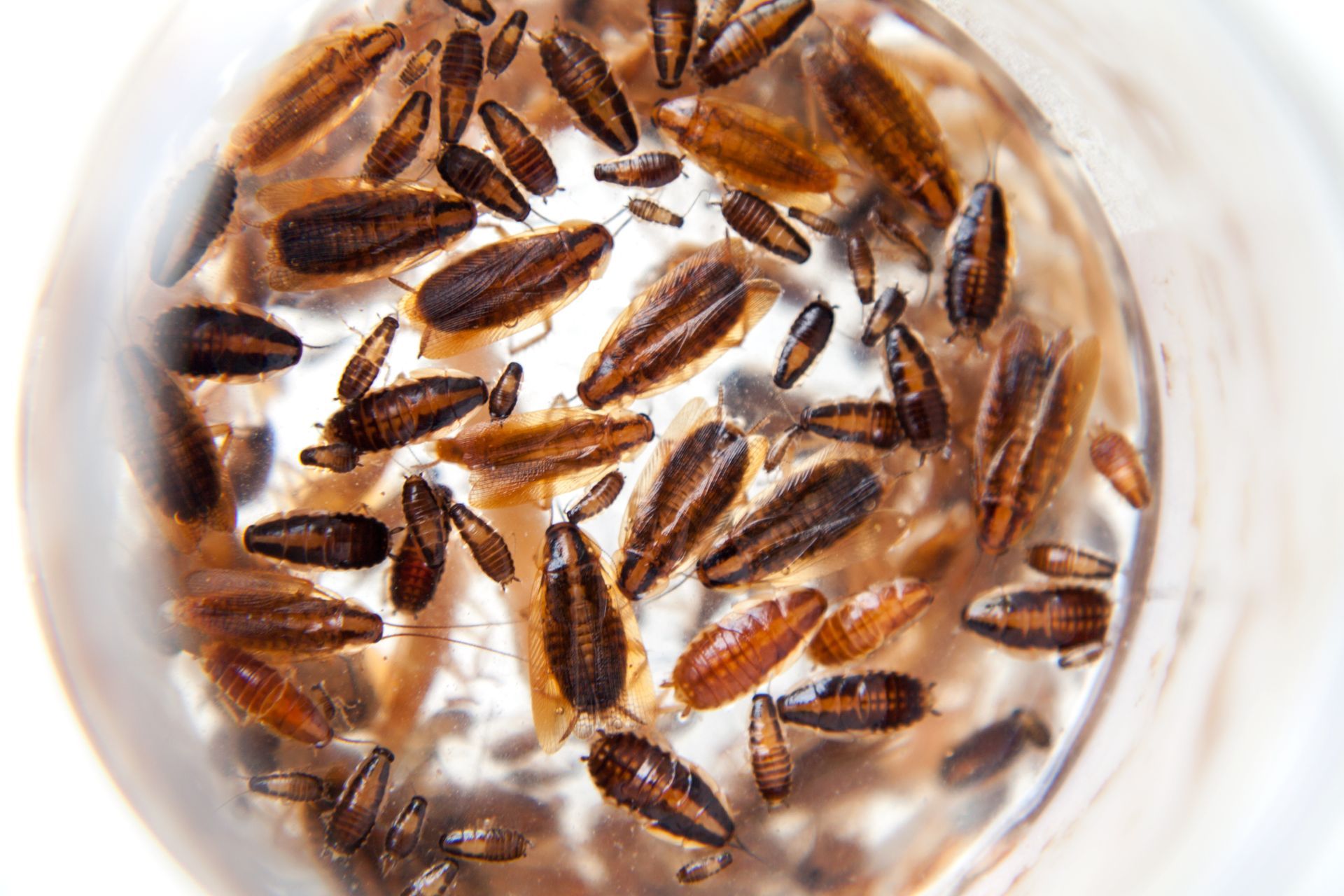What Are Mice?
Mice Facts & Information

Mice are one of the smallest household rodents. They are intelligent creatures that will invade homes in search of food, water, and shelter. The biggest issue with mice is the fact that they can reproduce at an incredible rate which means that just a couple mice can explode into hundreds of mice in a few months. Once mice infestations reach a point of parabolic exponential growth, the mice will consume everything in their path. At this point, mice will reach plague level that have been known to wipe out entire agricultural harvests, cause immense structural damage, and spread deadly diseases.
Mice Classification & Appearance
Order: Rodentia
Genus: Mus
Family: Muridae
Most mice species have a pointed snout, large protruding ears, and a tail that is a long as their body. They are smaller than rats at about 2 – 4 inches long. They also have short fur that can be gray, white, and light brown with a lighter underbelly.
Different Mice Species
House Mouse: Mus Musculus is the most common invasive household mouse that is also a popular pet. They are found anywhere people are and are prominent all over the world.
Deer Mouse: Deer mice are also commonly known as “field mice” and their grayish fur looks like the color of deer fur which is where they draw the name. The most distinguishing feature, however, is their bicolored tail.
White-footed Mouse: These mice have a bicolored coat with a light brown / red top with white feet and underbelly. These mice tend to avoid human contact but will occasionally take residence in homes that provide enough resources to survive.
Harvest Mouse: Harvest mice are brown with a white belly and a faint white stripe along the back. These mice are particularly good climbers that use their longer tail to help stabilize themselves.
California Mouse: This mouse has a large set of ears and an extremely long tail. The coat is a brownish color mixed with darker hairs and a white belly.
Mice Behavior
House mice are extremely social and will create colonies that have one dominant male and several females. Territories will vary in size based on how many resources are available to support the colony. Males will be aggressive towards other non-related males but are able to coexist with other male mice from one of their litters. Mice are nocturnal and spend a majority of the night searching for food.
Mice Diet
Mice are opportunistic scavengers who will feed on just about anything humans eat. That being said, mice prefer grains, cereals, seeds, nuts, fruits, and bugs. Mice are also notorious for chewing through materials like plastic, cardboard, and paper to get to food sources. Mice eat roughly 15 – 20 times per day and will usually try and establish their territory as close to the food source as possible. The problem with their voracious appetite is that mice will cause extensive damage in their search for food. Once they find it, they will also contaminate the food source rendering it unsafe for human consumption.
Mice Reproduction & Lifecycle
The mouse reproduction cycle is year-round, and one female can produce up to 10 litters a year with as many as 8 mice pups per litter. The prolific rate at which mice reproduce can cause one pair of mice to explode into several hundred within a short period of time if resources are abundantly available. Female mice will reach sexual maturity between 4 and 7 weeks and their gestation period is only 21 days long. Mice in the wild will survive on average for 1 – 2 ½ years while pet mice have been known to live for up to 6 years.
Where Do Mice Nest
House mice prefer to nest in quiet, undisturbed places where they will not be disturbed by human activity. In addition to damage they cause in search of food, mice will also destroy linens, upholstery, and insulation for nest building materials. They search for soft materials to collect and build a nest somewhere like cabinets, pantries, and wall cavities. Mice in general are extremely adaptable so wild mice will nest in just about any setting with enough resources to survive. They will typically make a burrow underground which helps protect them from predators.
Mice Facts & Information
- Female mice are does, male mice are bucks, and baby mice are known as pinkies or pups.
- Mice are extremely agile and can jump up to a foot high which is incredible given their size.
- Mice have heightened senses except for sight; mice are colorblind and shortsighted.
- Mice will eat all night, just nibbling on food here and there with a primary meal at dusk and at dawn.
What Attracts Mice?
Mice look for the same necessities for survival that all animals need. If there is an abundant supply of resources and protection from the elements and predators, mice will find their way inside and make themselves comfortable. Once they do, it may take some time to notice their presence which can allow their population to grow under your nose.
Warmth / Shelter: Mice are warm blooded creatures that need a warm, safe place to stow away during the colder winter months. Mice can sense the heat through windows which is an inviting sign to mice out in the cold. To avoid the chill, mice will search for cracks and openings to gain access to that warmth.
Food: Mice have an excellent sense of smell and will search out remnants of food if not stored or disposed of properly. Mice will gravitate towards trash receptacles because they are generally easy to access. They will also find their way to your home if you have an outdoor BBQ, bird feeders, or any other source of food mice can enjoy. Once they find your home, they will inevitably find their way in your home because of the abundance of available food.
Water: Just like any other living creature, mice need a small amount of water to stay hydrated. Places that collect moisture like leaky faucets, pipes, and under sinks can all provide mice with enough hydration to survive.
How Do Mice Get in Your Home?
Mice are extremely small and can fit through any hole about the size of a dime. This means that they can access your home or business through vents, cracks in the foundation, chimneys, pipes, electrical conduit, doorways, and windows. They are curious, intelligent creatures that are extremely good at finding out how to get what they want. If they want to enter your home, certain preventative measures need to be taken to stop mice from accessing your home.
Are Mice a Threat?
Mice can pose a serious threat to your health and to your property. They are vectors for disease and will ravage a property in search of food. Mice have been known to destroy drywall, chew through wiring, and shred other building materials.
Mice Damages
Individual mice can cause some damage, but the biggest risk comes from when populations grow exponentially. These populations will clear out any vegetation surrounding a home including gardens, fruit trees, and agricultural crops. As mice populations grow, the damages they incur dramatically increase as more nests are built and the demand for food reaches unsustainable levels. Once this happens, mice will start eating everything edible in their path. Mice will also chew through just about anything to reach that food so drywall, wiring, insulation, baseboards, gas lines, pipes, and wood are under threat of damage if mice live close by. This is problematic because wiring and gas lines that have been chewed through can cause fires and gas poisoning. Mice populations have gotten so severe that infestations can reach plague levels that require professional intervention to control.
Mice Bites
Mouse bites are extremely rare and only occur when a mouse feels threatened or cornered. Otherwise, mice do what they can to stay hidden to avoid interaction with humans and predators. If a mouse bites you, there is the potential to transfer disease, viruses, or bacterium so you should seek out medical attention to get the bite treated.
Mice Diseases
Mice can spread disease through their bites, through parasites they carry, through contaminated food, and via their urine and waste. If a mouse bites you, they can give you rabies and other serious complications like bacterial infections. Mice also carry fleas that can spread diseases like the bubonic plague and even give you parasites that can go undetected for a long time. The most common route of transmission for mouse related disease comes from coming into direct contact with mouse urine and feces, breathing in dust contaminated by mouse waste, or consuming food that was contaminated with mouse waste. Each of these can lead to diseases like hantavirus, salmonellosis, leptospirosis, and lymphocytic chorio-meningitis.
How To Prevent Mice
Preventing mice can be accomplished by implementing exclusion strategies designed to minimize access to a home. Exclusion strategies include sealing access points like open vents, foundations cracks, excess space around pipes and electrical conduit, and gaps under doorways. An inspection will reveal vulnerable points that need to be filled with steel wool and sealed with something like caulking. The steel wool will help prevent mice from chewing through areas that were once pathways for them to conveniently access food.
In addition to exclusion, cleaning, sanitization, and keeping food sources sealed will also help prevent mice. By keeping areas clean of food, trash, and debris, you are eliminating most of the resources that mice need to survive. Removing trash and excess food eliminates one of the most important mice attractants, while clearing debris removes potential harborage points that a mouse can use to get close to and access your home or business. More Details (Click Here)
Recognizing Signs of a Mice Infestation
There are several giveaways that you may be dealing with a mouse problem. It is important to note that several of these indicators could also mean rats have taken residence too which is why having a professional to help identify the rodent causing damages is critical to developing an effective treatment strategy. If any of the following exist, there is a chance that mice may be causing the problem.
- Visible gnawing marks on food containers and other building materials close to sources of food
- Mouse poops look like black grains of rice and are about ¼ inch long
- Mice runways are the paths that mice take regularly that are identified by tracks, rub marks, and mice poop
- Shredded material like insulation, wallpaper, newspaper, and linens
- Urine and waste buildup will eventually start to smell and give off odors that are hard to ignore
- Mice tend to avoid humans but will sometimes make themselves visible while scurrying from one location to another
How To Get Rid Of Mice
Mice control treatments are always recommended in addition to preventative measures when dealing with mice. This is because mice can reproduce incredibly fast which can cause just a couple mice to become a serious problem if there are mice that have been left sealed inside a home. The primary methods of mice control treatment include:
Mice Traps
There are several different types of mice traps that are effective. The most common one is the traditional snap trap that uses a spring-loaded mechanism and trigger plate to exterminate mice quickly. The other traps include glue traps, live traps, and electrocution boards. These other traps are all equally effective in catching mice, but none of these traps offer the same level of benefit as snap traps. Snap traps can be used multiple times, is humane, and does not require the handling of a live mouse.
Mice Baits
Mice baits are made with rodenticides and are best used to treat outdoor infestations to prevent a mouse from consuming poison then dying inside of a wall cavity. Baits are slow acting which allows the mouse to leave the source of the poison to go die elsewhere. This can be problematic because of the mouse choosing to move indoors to die or because the mouse dies elsewhere, and that poison gets consumed by other animals in the food chain. Traps are the preferred treatment method unless mice populations are out of control.
How to Clean Up After Mice
Cleaning up after mice can also be problematic due to the diseases that can be spread via contact with mice directly or their urine or poop. To ensure safety, clean up should be done carefully to avoid contact with contaminated materials. Be sure to dress in a way that minimizes exposed skin and wear gloves, respiratory mask, and safety goggles when handling a mice nest, waste, or body. Any area being cleaned and sanitized should be aired out 30 min prior to cleaning to remove contaminated air that may contain the hantavirus. Be sure to avoid using brooms or vacuums because they will stir up the contaminated waste and reintroduce it into the air. Instead, spray an area down with a commercial grade cleaning and disinfecting agent or a simple bleach and water mix and then use paper towels to wipe an area clean. It is important that all contaminated materials including the nest and any surrounding contaminated building materials are sealed and disposed of properly. Removing dead mice should follow a similar protocol and should under no circumstance be done without the proper health and safety measures.
Call EcoGuard to Discuss Mice Control Treatment Options Today
If you have seen mice or signs of mice activity, call EcoGuard Pest Management to ensure that your mouse problem is treated immediately. Call (866) 326 – 2847 today to schedule your rodent inspection with a licensed and trained EcoGuard rodent specialist.


